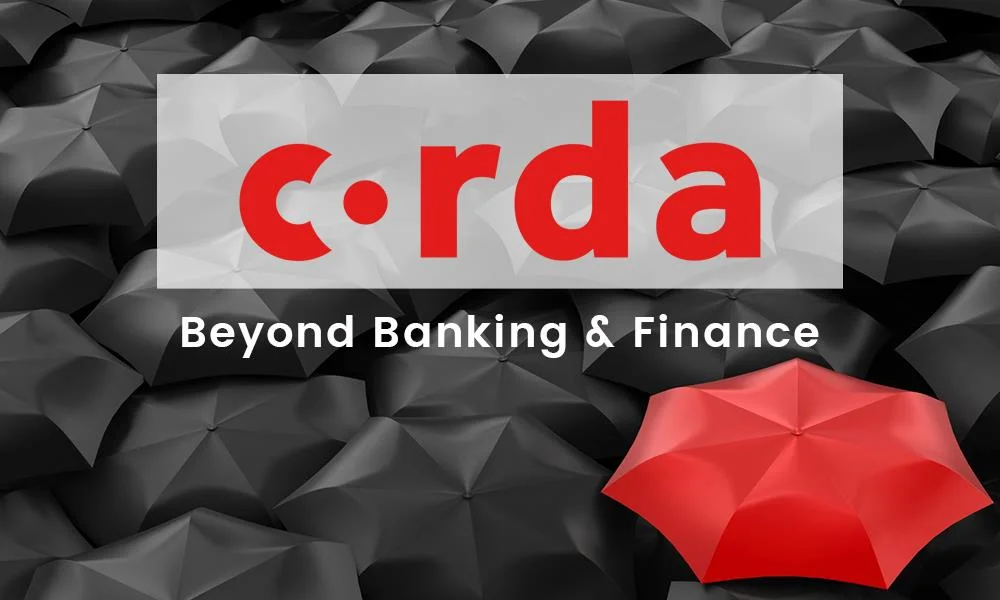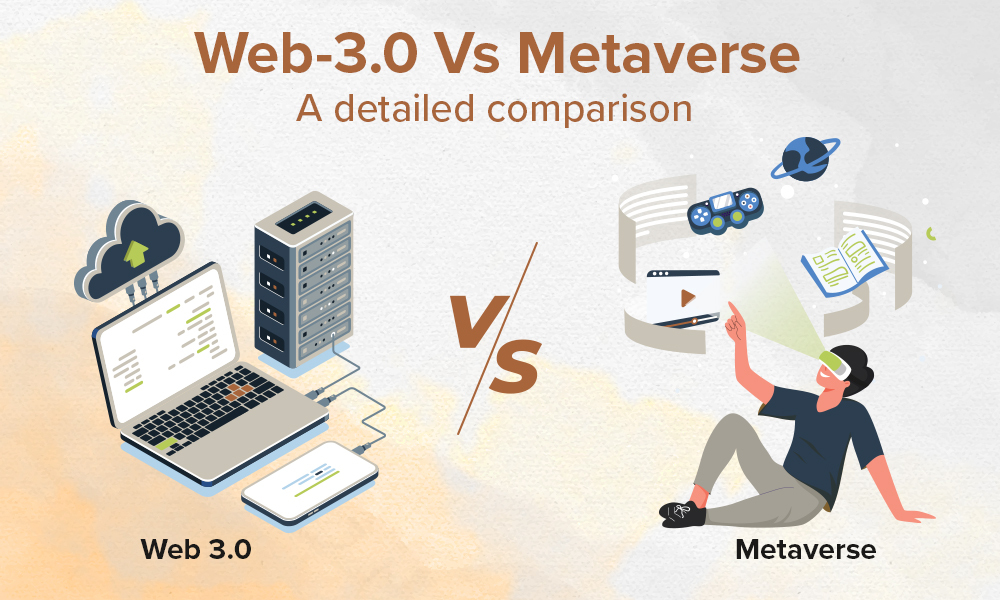Blockchain as a technology has massive potential but to explore that potential planning, commitment and investment is required. Any company individually seeking to can prove to be futile. As a result, organizations both allies and competitors started working together in a consortium.
R3 initially was a consortium partnership between 40 companies of the world’s leading banks who worked together to incorporate advanced distributed technology for the global financial market. The partnership leads to the formation of Corda for the finance and banking industry. As a technology, Corda evolved significantly, many of the design patterns still relate to the asset and cash interactions. Assets, in general, are not exclusive to financial products but have covered insurance and global trade finance in the business-to-business (b2b) space.
As the developers explored the blockchain technology more and more, they explored different avenues and formed a clear understanding of multiple parties sharing, receiving, and sending data but still remaining private. These privacy needs to shape the ultimate design of the Corda. As soon as the Corda framework was done, the developers took a dive into the edge cases and considered how they can change some of the deployment mechanisms to improve operational efficiency and start sharing infrastructure services costs with other organizations through Corda.
Let’s take a closer look at the features of the technology. You can also have a look at the video above to have a better understanding about the Corda blockchain.
Interoperable
As a platform, Corda can support multiple business applications and enterprise tokens all on the same shared network. Also, the decentralized blockchain can interoperate easily with other platforms – traditional as well as blockchain. What helps businesses adopt Corda easily is that it can seamlessly be incorporated in existing business infrastructures.
Tokenization
Blockchain as a technology helped the world to tokenize real world assets and build contracts on decentralized ledgers. However, as technology is new, it needed upgrades which Corda brings with settlement finality, regulatory compliance, identity verification and interoperability. Moreover, as there is no expense of proof of work for transactions to take place in Corda, it is low cost also.
Apt for all Industries
As Corda started getting more and more popular in the banking and finance industry, it was being tagged as blockchain for finance industry only; businesses think that being a financial consortium product, this version of blockchain technology is not apt for them.
It is a fact that Corda was initially being designed for the finance industry; the developers took the challenge to work in the most regulated space of the world and persuaded them to adopt the blockchain technology. However, the technology is not limited to one industry and has been successfully adopted in healthcare, energy, trade and more.
Code on Java
While it was rumored that the Corda technology works on Ethereum Virtual Machine, it is actually not doing so. Corda runs on one of the most popular and successful virtual machines – the ‘Java Virtual Machine.’ The code is tweaked a little to enforce deterministic execution whenever needed.
Openly Governed
The vision behind Corda was to develop a platform where multiple applications, products and services are deployed in an openly governed common shared network, where assets gained in one context from one trading partner for one service can be immediately redeployed without friction or transfer costs for another purpose to pay a different trading partner utilizing a different application.
Both a Blockchain and Not a Blockchain
When Corda was being developed, the team realized that there the technology doesn’t have any blocks (per say). For all intents and purposes
- A transaction in Corda is not cryptographically linked to the transactions it depends on.
- The transactions in Corda are processed by the network peers in the transaction execute the same code deterministically in order to verify the transaction.
- The Smart Contract can be written in Java, instead of Solidity.
- Transactions are shared with only permissioned members and not all.
- Confirmation of transactions is done through algorithms like Byzantine Fault Tolerant. Moreover, Corda network can support multiple different consensuses using different algorithms.
Oracles and Tear-offs
It is sometimes convenient to reveal a small part of a transaction to a counterparty in a way that allows them to check the signatures and sign it themselves.
A typical use case for this is an oracle, defined as a network service that is trusted to sign transactions containing statements about the world outside the ledger.
Here are some example statements an oracle might check:
- The price of a stock at a particular moment was X.
- An agreed upon interest rate at a particular moment was Y.
- If a specific organization has declared bankruptcy.
- Weather conditions in a particular place at a particular time.
It is worth asking why a smart contract cannot simply fetch this information from some internet server itself: why insist on the notion of an oracle.
The reason is that all calculations on the ledger must be deterministic. Everyone must be able to check the validity of a transaction and arrive at exactly the same answer, at any time (including years into the future), on any kind of computer. If a smart contract could do things like read the system clock or fetch arbitrary web pages then it would be possible for some computers to conclude a transaction was valid.
Looking forward to adopt Corda to accelerate the growth of your business? Reach out to us through Email, Social Media, or Comments under this blog and we’ll glad to help you out.
Next up in the blockchain education series is Quorum. Stay tuned to stay updated!



.jpg)
